This post contains affiliate links. Please see our disclosure policy.
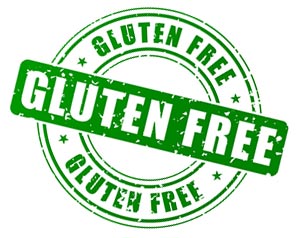
What is gluten? What is celiac disease? what is gluten sensitivity?
Once you’ve decided to go on a gluten-free diet, what foods can you safely enjoy, and which ones should you avoid? This gluten-free ingredient guide is your one-stop reference sheet for all things gluten-free!
Whenever you’re uncertain, always check labels. Gluten Free & More, Inc. does not guarantee accuracy about what foods are safe or unsafe for an individual’s diet. Please consult your medical professional for your correct diet.
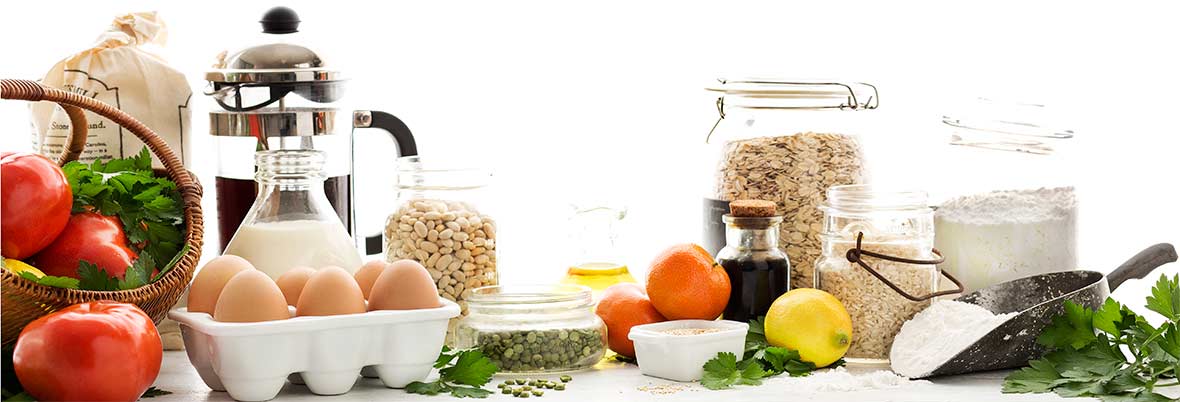
Table of Contents
Gluten
A protein found in wheat, barley, and rye. Processing often leads to gluten contamination in oats. It’s responsible for the stretchiness and texture of mainstream baked goods.
Celiac Disease
An autoimmune disease where the body attacks the small intestine and/or other areas every time gluten is eaten. Once it starts, it’s lifelong, and the only effective treatment is a lifelong, strict gluten-free diet.
autoimmune
In an autoimmune disease, the body recognizes its own tissue as an invader and attacks. Celiac is an autoimmune disease. Others include type 1 diabetes, multiple sclerosis (MS), lupus, rheumatoid arthritis (RA), psoriasis, and many more.
Gluten sensitivity (aka gluten intolerance or non-celiac gluten sensitivity)
You don’t have celiac disease, but you still experience negative symptoms when you eat gluten. We’re not quite sure yet how it works but studies have confirmed that it does exist and may affect 5 to 10 percent of the population.

FOODS TO ENOY & TO AVOID
gluten-free
In the U.S. and Canada, “gluten-free” is defined as a product with less than 20 parts per million (ppm) of gluten.
Safe Foods
Baking Soda
Beans & Lentils – dried, canned, soybeans, and tofu (check labels for mixed and baked beans)
Chocolate – milk, semi-sweet, bittersweet, unsweetened (check labels for add-ins)
Coffee – check labels if flavored
Condiments – mayonnaise, ketchup, most mustard (check labels), pickles, olives, hot sauce, salad dressings (check labels), Lea and Perrin’s Worcestershire sauce (in the US), salsa, Wright’s Liquid Smoke
Cream of Tartar
Dairy – milk, buttermilk, cream, half and half, cheeses, butter (check labels of unsalted, whipped, and light varieties), yogurt (check labels on flavored varieties)
Eggs
Fish & Seafood – all safe as long as not marinated or breaded
Fruit – fresh, frozen, canned, pure juices
Gums – acacia, carrageenan, carob bean, cellulose, guar, locust bean, xanthan
Lactose
Lecithin
Meat – all fresh varieties safe as long as not marinated or breaded (check labels on deli meats)
Nuts – fresh and roasted, nut butters (check labels), nut flours (check labels), check labels of canned and bottled varieties for flour or coatings
Oils – all vegetable, nut, coconut, olive, and seed oils, margarines, shortenings
Pectin
Poultry – all safe as long as not marinated, injected, or breaded (check labels of turkeys and deli varieties)
Rice – all varieties are safe unless mixed with flavorings or cross contaminated
Seeds – fresh and roasted, seed butters, check labels of canned and bottled varieties for flour or coatings
Spices – whole or ground (check labels of mixed spices)
Sugars & Sweeteners – cane, beet, coconut, light brown, dark brown, turbinado, maple, agave syrup, cane syrup, corn syrup, glucose, honey, fructose, maple syrup, molasses, stevia, aspartame, erythritol, maltitol, maltose, sorbitol, sucralose, xylitol
Tea – check labels if flavored variety
Vegetables – fresh, frozen, or canned
Vinegars – distilled (including red, white, balsamic, and red wine), rice, and rice wine (malt vinegar is not safe)
Yeast
Gluten-Free Grains, Flours & Starches:
Amaranth
Arrowroot
Bean Flours
Buckwheat
Cassava
Chestnut
Chickpea
Corn
Glutinous Rice
Millet
Montina
Nut Flours
Oats (only if certified gluten-free)
Pea
Potato
Quinoa
Rice
Sorghum
Soy
Sweet Rice
Tapioca
Taro
Teff
Yucca
Unsafe Foods
All-purpose Wheat Flour
Barley
Barley Enzyme
Barley Extract
Barley Grass
Barley Malt
Barley Pearls
Bleached Flour
Bolted Flour
Bran
Bread Flour
Bromated Flour
Bulgar
Bulgar Wheat
Cake Flour
Chapati Flour
Couscous
Dextrin
Durum
Einkorn
Emmer
Enriched Flour
Farina
Farro
Gluten Flour
Graham
Hordeum Vulgare
Hydrolyzed Wheat
Instant Flour
Kamut
Malt
Malt Vinegar
Matzo
Organic Flour
Pastry Flour
Seitan
Self-rising Flour
Spelt
Semolina
Tabbouleh
Triticale
Udon
Vital Wheat Gluten
Wheat
Wheat Berry
Wheat Bran
Wheat Germ
Wheat Oil
Wheat Protein
Wheat Starch
White Flour
Whole Grain Wheat Flour
Common Foods that Contain Gluten
Baked Goods – biscuits, cakes, cookies, muffins, pies, pastries
Beer – unless certified gluten-free
Breads – bagels, buns (hamburger, hot dog, etc.), rolls, flour tortillas, multi-grain, pita, pizza crust, potato, pumpernickel, rye, sourdough, wheat, white
Breakfast Foods – breakfast bars, cereals, crepes, doughnuts, pancakes, waffles
Crackers – butter, goldfish, graham, melba toast, rye, saltines, wheat
Pasta – noodles, lasagna, macaroni, penne, orzo, rice mixes with pasta, spaghetti, ziti
Miscellaneous – breadcrumbs, croutons, communion wafers, panko crumbs
May or May Not Contain Gluten
Artificial Extracts – such as vanilla, almond, etc.
Asian Sauce – many contain wheat; make sure soy sauces, tamari, and Asian sauces are labeled “gluten-free”
Bacon
Baking Powder
Barbecue Sauces & Marinades – may contain soy sauce or malt flavorings
Brewer’s yeast
Bouillon Cubes
Brown Rice Syrup
Caramel Color
Dextrin
Fillers
Gravies
Hydrolyzed or Texturized Plant or Vegetable Protein
Imitation Bacon
Imitation Crab, Seafood, or “Krab”
Licorice
Meat Substitutes – many are made with wheat; look for Seitan or wheat on the label
Miso – may contain wheat
Modified Food Starch
Mono- and Dyglycerides
MSG – gluten-free if from US, questionable if not
Multi-Grain Products – breads, crackers, etc.
Mustard – may contain beer or wheat
Mustard Powder – may contain wheat
Natural & Artificial Flavorings
Prepared Broths – vegetable, chicken, beef
Prepared Meats – check to see if breaded, floured, injected, or marinated
Prepared Soups
Prepared Stews
Processed Meats – deli and luncheon meats, turkey injected with liquid
Sausages
Seasonings – blended spices and seasoning packets may contain wheat
Vegetable Gums
Make sure you always read labels and when in doubt – ask!
Cross-contamination or cross contact
There are many foods that don’t have gluten as an ingredient but still end up containing gluten because of the way they are processed and handled during preparation or at home.
Get our free guide to SETTING UP YOUR GLUTEN-FREE KITCHEN
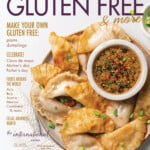

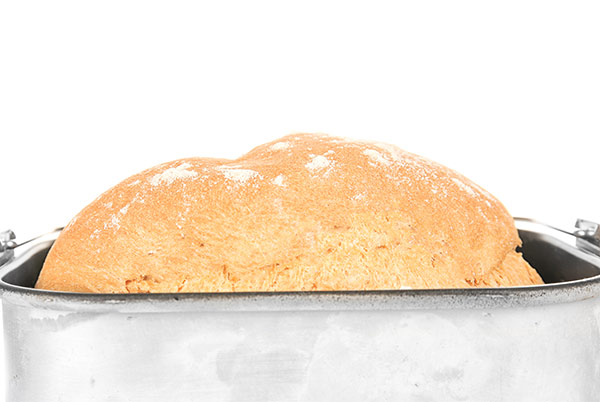
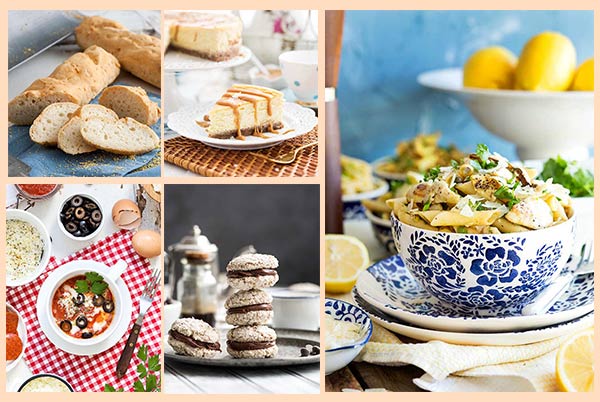

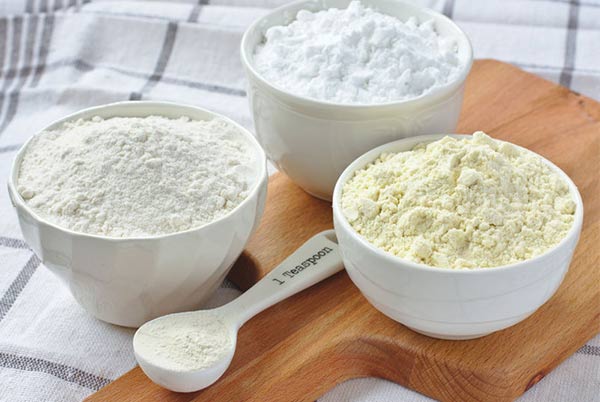








MANY products contain trace amounts of gluten that is not indicated on the label. Accountability and enforcement is nearly non-existant in the U.S. – instant coffee (not flavored) is a common offender. Always keep a food dairy in order to identìfy any issues with your current food choices.
Great advice!